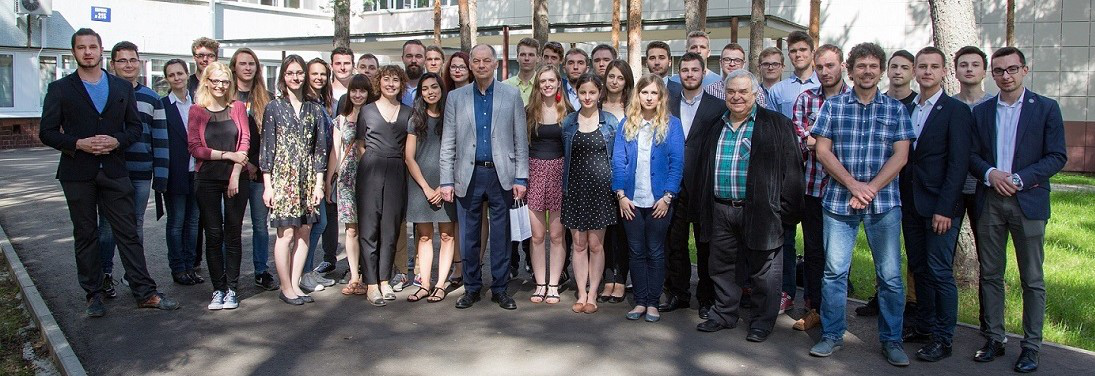Speaker
Description
Laboratory of High Energy Physics (LHEP) Engineering Support
Supervisor: MSc. Arkadiusz Chłopik, LHEP Dubna and NCBJ-Świerk Poland
Contact: a.chlopik@ncbj.gov.pl, chlopik@jinr.ru
The topic of the exercise
"Modification of the existing LabVIEW™ code for Dosimetry System using the Finite State Machine architecture"
Goal
During nearly two years of work on the project "The prototype dosimetry system to protect NICA Slow Control electronic equipment" in cooperation with JINR, Dubna was created a program that supports 3 dosimetry probes. It was written in the graphic programming language LabVIEW™. The probes are serviced by sending commands over the RS-485 bus (for command descriptions, see the user manual for each probe). The connection of the RS-485 measurement bus with the computer on which the LabVIEW™ environment is installed is currently carried out via a USB-RS485 converter and a virtual serial COM port created on a PC computer (e.g. laptop). However, the program itself was written using a combinatorial programming technique that allows for quick programming and easy testing. Each collected data series are displayed on a monitor screen and saved to the Coma Separated Value (CSV) file. The aim of the exercise would be to modify the code in such a way that the combinatorial of programming (asynchronous) would be replaced with the architecture of the Finite State Machines (synchronous). This would eliminate such undesirable phenomena occurring in combinatorial programming as races, hazards or the occurrence of spikes. The resulting code should be run and tested with the existing Dosimetry System setup.
To Do: Write and test the program for Dosimetry System.
Description of the exercise
1. Getting familiar with the existing LabVIEW™ code written with use of the combinatorial technique.
2. Learning the remote control and data acquisition of the probes EKO-C and EGM-104 with the use of the USB-RS485 converter.
3. Learning the Finite State Machine architecture (one of the main architectures of the LabVIEW™ programming). Explanation of the difference and advantage comparing to the combinatorial programming technics.
4. Converting the code to the one with the Finite State Machine architecture.
5. The software tests with real hardware setup located in JINR, using the video conference room to track by the students the results of running the program.
6. Writing project documentation.
7. Preparation of the own speech at the end of the student practice and for the conference after that, and preparation the publication together with the practice supervisor based on the obtained results.
Requirements for the students
The subject is addressed to students interested in serial measurement systems, data acquisition, electronics, LabVIEW™ programming and dosimetry. The basic knowledge of the digital electronics and basic skills in LabVIEW™ programming will be helpful.
Exercise for maximum up to 3 students

